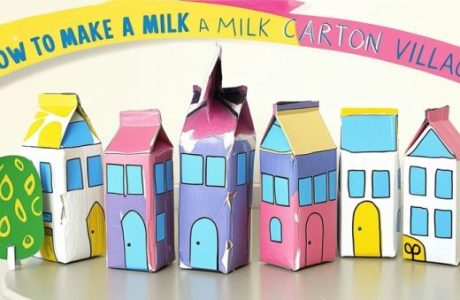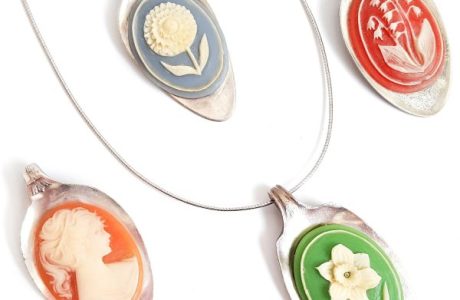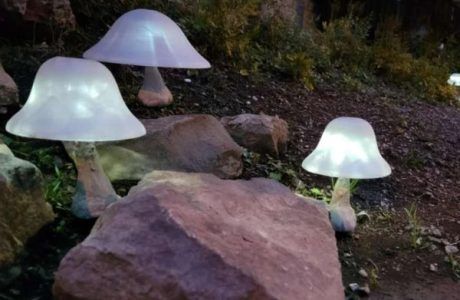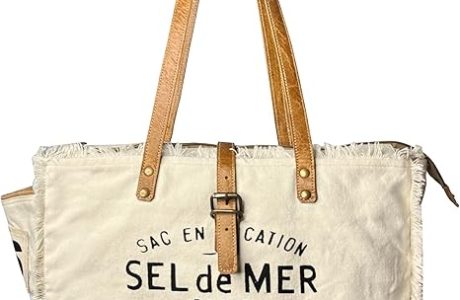
Spring is just around the corner, and for many of us, that means it’s time to start planning and preparing for our spring gardens. If you’re interested in starting your own seeds at home, there are plenty of resources available to help you get started.
One great resource is the blog Balcony Garden Web, which features a collection of seed starting tips and tutorials that can help you get your garden off to a strong and healthy start. We will get to that list in just a bit… but first, why start your own seeds at home?
Starting your own seeds at home can be a rewarding and cost-effective way to grow a wide variety of plants, including vegetables, herbs, and flowers. It’s also a great way to get a head start on the growing season, especially if you live in a climate with a short growing season.
When starting seeds at home, it’s important to follow a few basic principles to ensure the best possible results.
First, choose a suitable location for your seedlings. Most seeds need plenty of light and warmth to germinate and grow, so it’s important to find a spot that gets plenty of sunlight and is protected from strong winds and drafts. You can also use grow lights or heat mats to provide additional warmth and light if needed.
Next, choose a suitable container for your seeds. Many gardeners like to use recycled materials like toilet paper tubes and plastic containers, but you can also purchase seed trays or pots specifically designed for seed starting. Be sure to use a sterile seed starting mix or soil, as regular garden soil can harbor pests and diseases that can harm your seedlings.
Finally, be sure to follow the specific instructions for the seeds you are planting. Different types of seeds have different requirements for temperature, moisture, and light, so be sure to read the seed packet or online resources carefully to ensure that you are providing the best possible conditions for your seeds to thrive.
With a little bit of planning and preparation, you’ll be well on your way to a successful and rewarding spring garden.
Do you know a little gardener? Check out these DIY Garden Kits, perfect for gift giving.
If you are looking at starting your seed journey, then you already know that gardening is a wonderful hobby that can bring joy, satisfaction, and a sense of accomplishment to many people. Not to mention, it can also provide fresh produce for you and your family to enjoy.
However, did you know that you can also grow plants from food scraps? This method is not only environmentally friendly, but it can also save you money and reduce food waste.
Here is a step-by-step guide on how to grow plants from food scraps:
Choose the Right Scraps
The first step to growing plants from food scraps is to choose the right type of food waste. Some of the most popular plants that can be grown from food scraps include garlic, ginger, lemongrass, onions, potatoes, sweet potatoes, and tomatoes. These plants are ideal because they have a high success rate and are relatively easy to grow.
Preparing the Scraps
Once you have chosen the right food waste, the next step is to prepare it. For example, if you are using garlic, you will need to separate the individual cloves and plant them with the pointed end facing up. If you are using potatoes, you will need to allow them to sprout for a few days before planting them. This will give the plant a head start and increase its chances of survival.
Planting the Scraps
Once you have prepared the food scraps, the next step is to plant them. This can be done in a variety of ways, including planting them directly into the soil, growing them in water, or starting them in a pot before transferring them to the garden. Regardless of the method you choose, be sure to plant the scraps in a well-draining soil mix and water them regularly.
Anyways, enough of that! Here are the seed starting ideas from the wonderful Balcony Garden Website.





Your link to seed starting tips leads to a spam site.
I found a new link. Happy seed starting 🙂